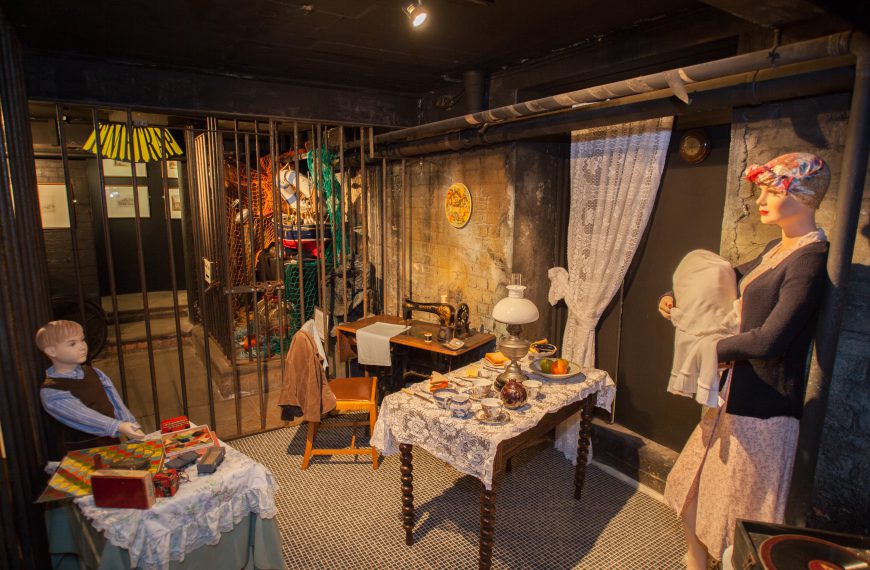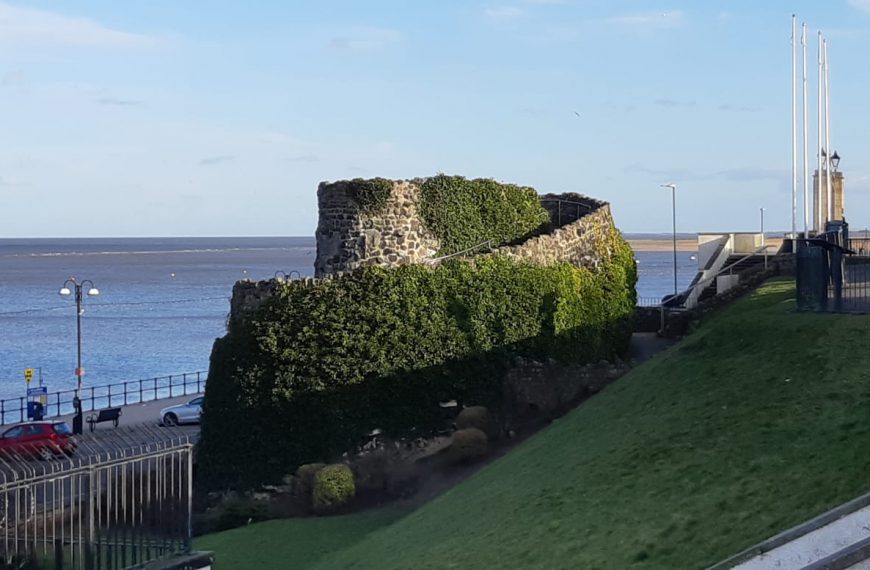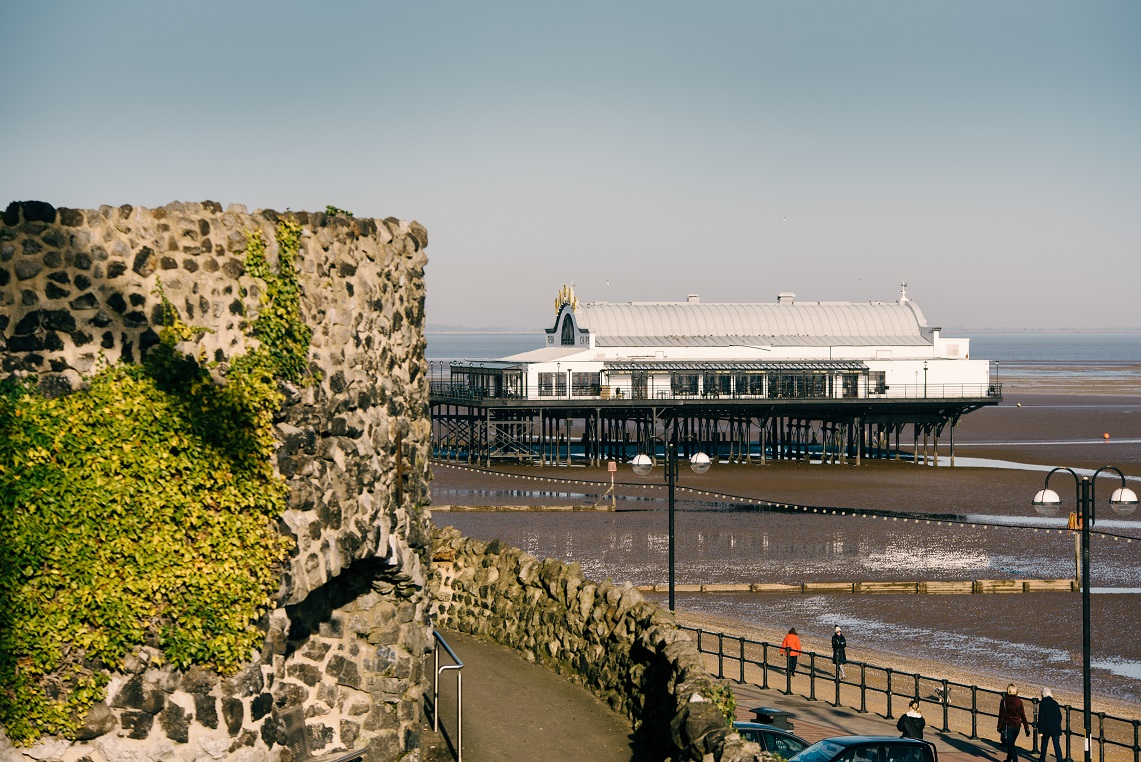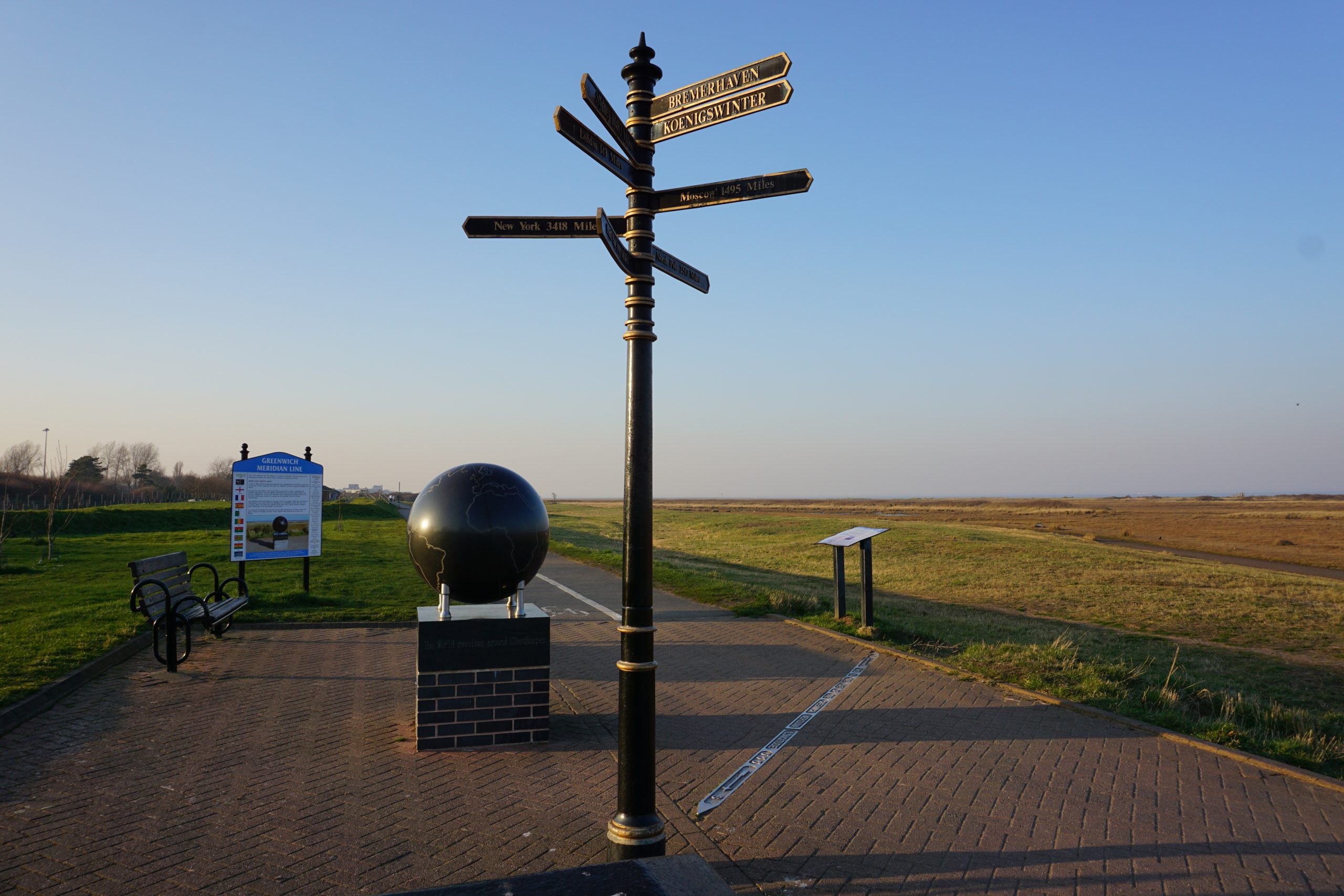History of Immingham
Immingham has existed as a small settlement since the early medieval period. However, there is evidence of pre-Roman round houses that have been found in the locality, and in the Romano-British occupation there was a community who left evidence in the form of pottery and coin.
Immingham was mentioned in the Doomsday Book in 1086 as Imungeham with a recorded population of 42 households. The name Immingham is Anglo-Saxon and is thought to mean the “Followers of a man called Immer”.
King John passed by Immingham in 1201 and signed a Charter for lands in Grimsby to be given to local Nuns there.
Immingham has links to the passengers who made the legendary journey on a ship called the Mayflower to settle in America forming one of the first English colonies. In May 1608 a group of people gathered on the shores of Immingham to meet a Dutch Hoy to take them to Holland. It is thought that some 80-100 people had travelled to meet the Dutch ship on a barge from Gainsborough, collecting families and their possessions along the way.
The Pilgrim Separatists were a group of religious dissenters, many who came from Nottinghamshire, Yorkshire and Lincolnshire. Unhappy with the established Church of England, they met in secret to worship according to their own religious beliefs. The movement was highly illegal and dangerous in 17th century England and they were often labelled as traitors so many fled England for more tolerant lands.
Twelve years later, the Mayflower ship sailed from England to voyage to America, known to English explorers at the time as the New World, in search of a new life. Its passengers were in search of a new life – some seeking religious freedom, others a fresh start in a different land. They would go on to be known as the Pilgrims and
influence the future of the United States of America in ways they could never have imagined. More than 30 million people can trace their ancestry to the passengers and crew about the Mayflower.
Immingham was noted for very good summer grazing land, being at the northern end of the Lincolnshire coastal marsh lands. Though remote to travellers by land, it was very well connected by the River Humber. The high water table caused many springs in the village, keeping the small deep creek flushed of mud and there was a salmon fishery. The Humber was a rich source of fish including salmon.
The countryside looked much more open than it is today and the village was divided into many narrow strips of land and large fenced off areas of common grazing land. There was a hedge round the village boundary. Every one born in the village had an automatic right to a strip of land and access to the common or ings as they were called in Lincolnshire. These strips of land were rotated and were allotted to villagers as decided by the annual village vestry meeting at the church.
The Pilgrim Father’s Monument once stood at Immingham Creek, but now stands in Pilgrim Park, looking out onto St Andrew’s church. The monument is 20 feet high and was envisaged to be a prominent landmark for all vessels navigating the Humber. The top part of the monument consists of a piece of grey granite brought from the identical spot at Plymouth Rock upon which the Pilgrim Fathers landed. It was moved May 1970 due to the expansion of the docks.
St Andrew’s church dates back to the early medieval period with much of the structure dating to the 13th century. It sited on some of the highest ground of the port and town. The 500-year old tower commands a good view of the town and countryside. The church building consists of a 13th century nave, north and south aisles, chancel and late 15th century western tower. The late Norman style earliest parts are the pillars and arches of the south arcade of the nave and the south doorway. The bell tower has the largest bell made by John Potter of York and was made over 600 years ago. In the 17th century, the Black Death killed the vicar and many more. An indication of numbers of the period was found in nearby Thornton Abbey, where a recently found mass grave had 48 skeletons, 27 of them children.
The County Hotel is an important landmark for the development of Immingham from a village to a port town, being built during the Immingham Docks development. The hotel was used as a temporary headquarters by Lord Mountbatten after his destroyer, HMS Kelly, was damaged by a mine in the Humber Estuary in 1939. Another eminent visitor was King George V.
Immingham’s War Memorial, sited close to the County Hotel, is Grade II listed and is a simple plain, obelisk-shaped stone made from granite. It commemorates those residents of Immingham who were killed in the first and second world wars and the war in Afghanistan.
A group of local businessmen lobbied Parliament for permission to build a second port alongside the thriving Port of Grimsby to cope with the ever increasing coal traffic at Grimsby. Incorporated under the Humber and Commercial Dock Acts of 1901 and 1904, the Humber Commercial Railway and Dock Company, formed by the consortium of businessmen, commissioned Sir John Wolf Barry, the renowned dock and waterway engineer, to identify an appropriate location, and to design the new port. He eventually concluded that Immingham was the best site as the deep-water channel neared the south bank of the Humber at this point.
Amid great fanfare and pageantry, the work on the construction of the Port of Immingham was marked on 12 July 1906 when Lady Henderson, wife of Sir Alexander Henderson, Chairman of the Great Central Railway (GCR), ceremonially cut the first sod of the now Immingham Dock. The construction contract was awarded to Messrs Price, Wills & Reeve of Waterloo Place London, a company whose achievements included the construction of the Port of Barry.
Thousands of labourers were employed on the contract using primitive equipment compared with today’s standard to excavate 2.67 million cu m of earth to form the dock basin, together with 1.15 million cu u of spoil from the approach channel in the river.
After six years of arduous work, the workforce had managed to build a 45-acre enclosed dock, an entrance lock, two deep-water jetties, three transit sheds, a grain warehouse, erect eight coal hoists, 14 hydraulic cranes and lay 170 miles of rail track. All of this was funded by the GCR at a cost of £2.6 million, the equivalent to over £186 million in today’s money.
Opening ahead of schedule, the dock basin received its first commercial vessel, the Swedish-registered SS Max on 15 May 1912. However, the Port was officially opened two months later on 22 July by their Royal Highnesses King George V and Queen Mary. Departing from the north end of the lock, they completed a circular route of the dock basin on the P,S. Killingholme before disembarking alongside No. 2 transit shed.
In recognition of his work, Mr Sam Fay, General Manager of the GCR was called before the King and requested to kneel. Handed a sword, the King duly placed it on this shoulder, declared he had been knighted, and said ‘Arise Sir Sam Fay’.
Many workers were needed to build the docks so numerous buildings were constructed to house them. The buildings were constructed of a timber frame and covered by corregated iron and took on the look of a western frontier town. The community became known as ‘Tin Town’ included hundreds of houses, shops, pubs and even a hospital. Today, just one building remains. The Tin House is a corrugated iron bungalow dating to 1907, is located on Pelham Road and is a Grade II listed.
To bring workers to the dock in what was originally a sparsely populated area, the Great Central Railway built an electric tramway from Grimsby to Immingham. Although known locally as the ‘Clickety’, it was one of the country’s first electric ‘inter-urban rapid transit’ systems! One of the Great Central built trams is preserved at Crich Tram Museum Derbyshire and another, brought from Gateshead, can be seen running at Beamish Museum in County Durham.










